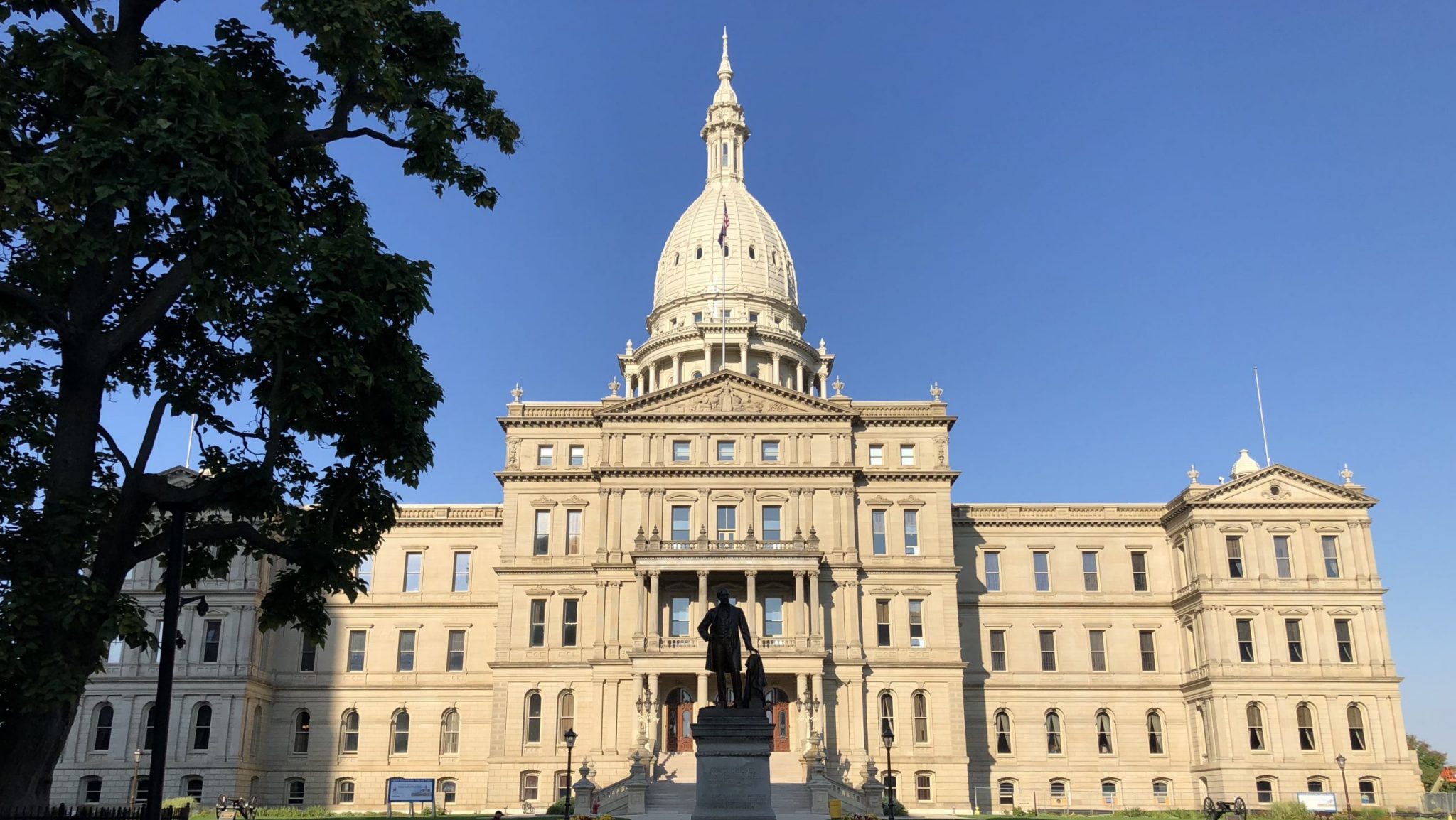Census Shows Michigan Grows, Still Loses U.S. House Seat
Over time, its congressional seats have been peeled off little by little by faster-growing states, mostly in the Sunbelt.

Michigan State Capitol building.
Michigan’s slow population growth over the past decade will cost the state a U.S. House seat, continuing a decades-long trend as job-seekers and retirees have fled to other states.
The U.S. Census Bureau listed the state’s 2020 apportionment population at 10,084,442, leaving Michigan with 13 congressional seats.
Michigan’s population grew for decades, from 7.8 million in 1960 to more than 9.9 million in 2000. It recorded a slight decline in the census 10 years ago, to 9.8 million. Over time, its congressional seats have been peeled off little by little by faster-growing states, mostly in the Sunbelt.
“Those congressional districts are equal to political power in Washington,” said Timothy Bledsoe, professor of political science at Wayne State University in Detroit. “When it leaves Michigan and goes to Texas, it is a reflection of the loss of political power in Michigan and gain of political power that goes to Texas.”
Dropping from 14 House seats to 13 also will mean the boundaries of some districts will have to change. But the job of drawing those districts will no longer be in the hands of the Legislature, which is controlled by Republicans.
In 2018, voters approved a constitutional amendment that shifts redistricting to a 13-member commission with four Republicans, four Democrats and five independents selected at random among applicants. It was a bid to stop partisan gerrymandering.
“Those congressional districts are equal to political power in Washington. When it leaves Michigan and goes to Texas, it is a reflection of the loss of political power in Michigan and gain of political power that goes to Texas.” –Timothy Bledsoe, professor of political science at Wayne State University
Due to the delay in community and demographic data from the Census Bureau, Michigan’s redistricting commission has asked the state Supreme Court to push back the Nov. 1 deadline to finalize the maps.
The losses in congressional seats could affect Detroit, which shares the 14th and 13th Congressional Districts with some of its suburbs. Those districts, when redrawn, may have to extend further out.
Detroit’s population has plummeted from about 1.8 million in the 1950s to around 680,000. Population figures for cities and counties are not expected to be available until later this year.
But state demographers said the state’s rural areas, especially the Upper Peninsula, may fare worse than Michigan’s largest city.
“Really, there’s a lot of population loss in the U.P.,” said Ren Farley, a research scientist at the Population Studies Center at the University of Michigan. “There’s just not a lot of jobs up there anymore.”
Robert LaBrant, a former political affairs director with the Michigan Chamber of Commerce, said he expects the once-manufacturing heavy southeastern part of the state to lose the greatest share of population since the 2010 census.
Michigan’s population reflects changes in the auto industry, which dominated the state’s economy for decades. Farley, of the University of Michigan, said the industry is still doing well, but it’s changed considerably since its heyday.
“It’s still producing a lot of cars and building new plants, but you don’t need as many people building cars,” he said.
Trusted, accurate, up-to-date
WDET is here to keep you informed on essential information, news and resources related to COVID-19.
This is a stressful, insecure time for many. So it’s more important than ever for you, our listeners and readers, who are able to donate to keep supporting WDET’s mission. Please make a gift today.

